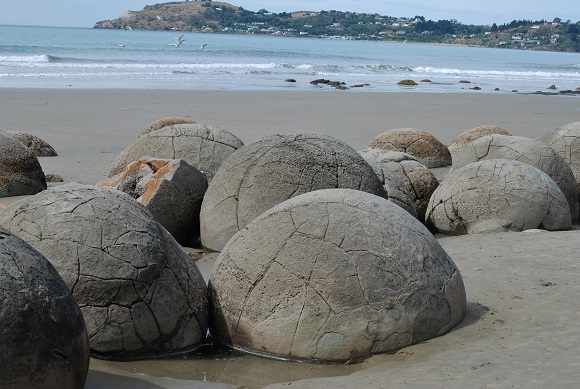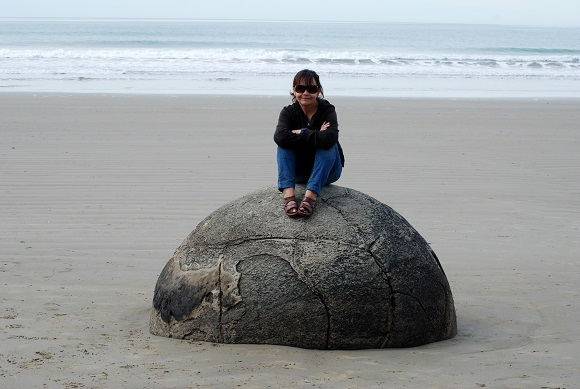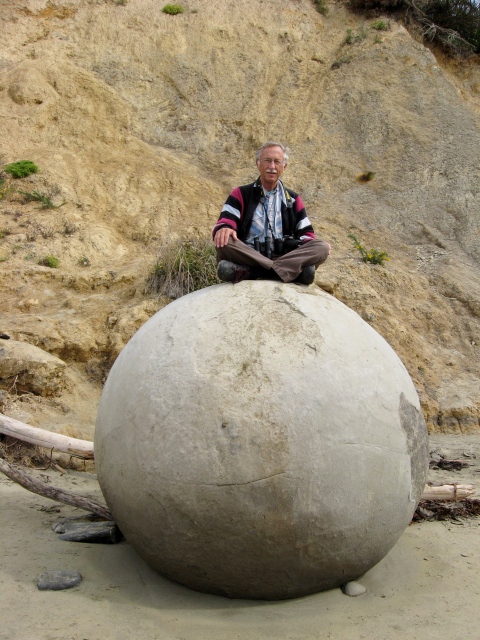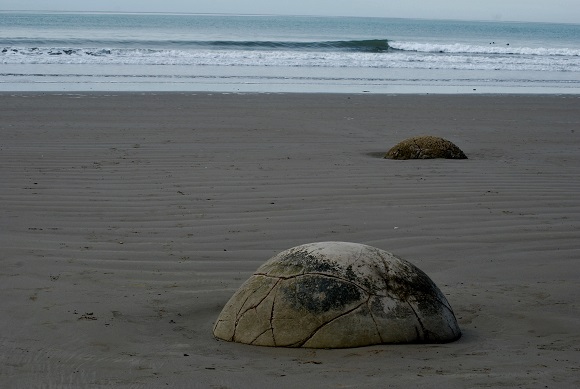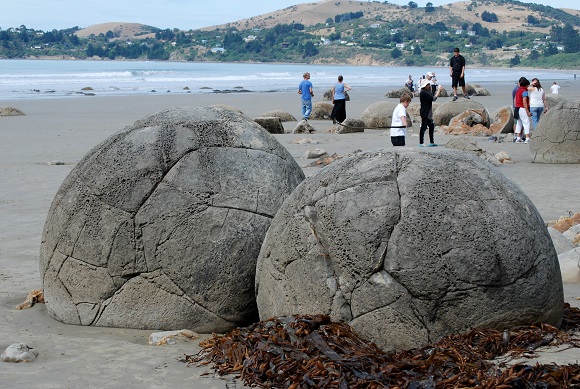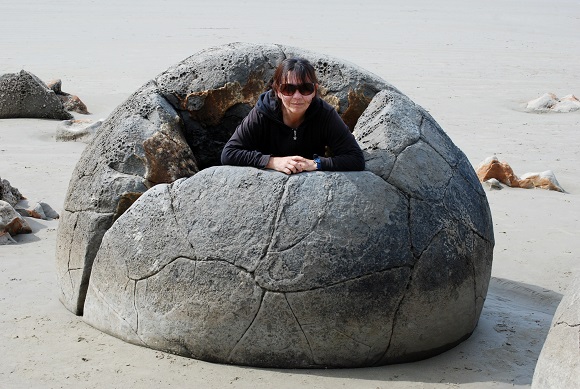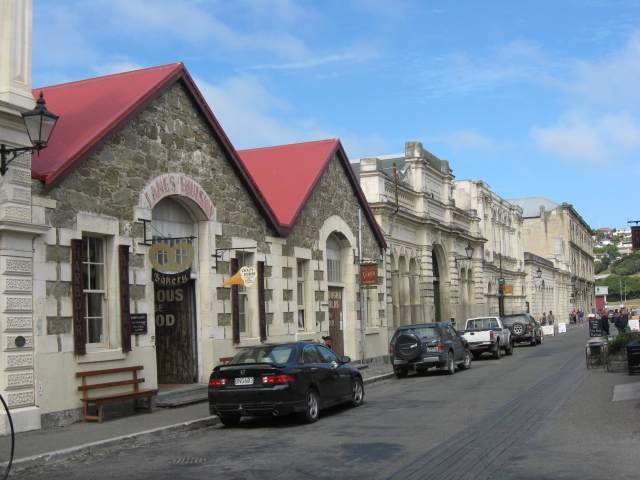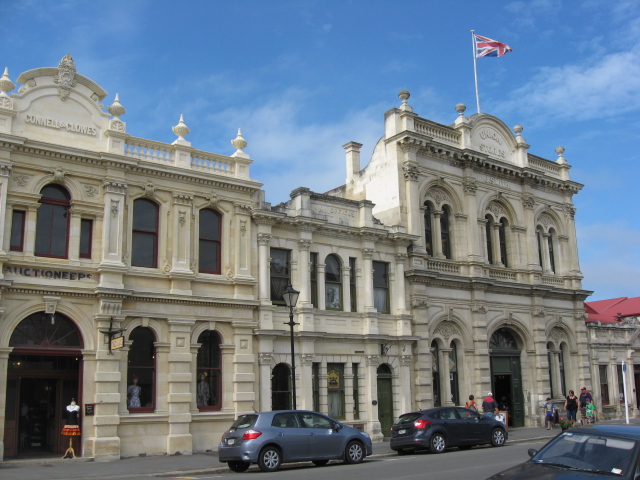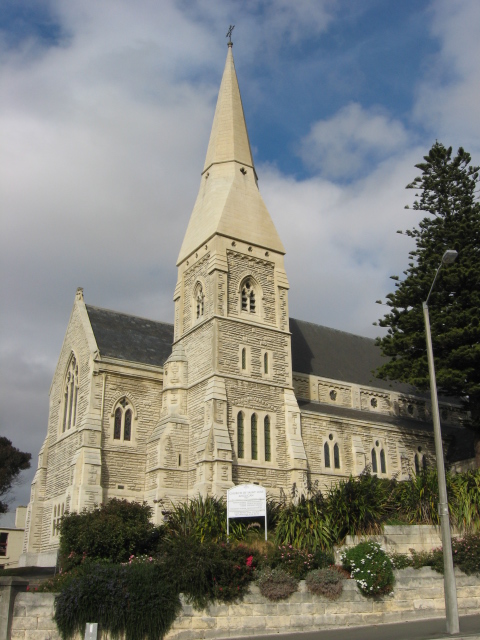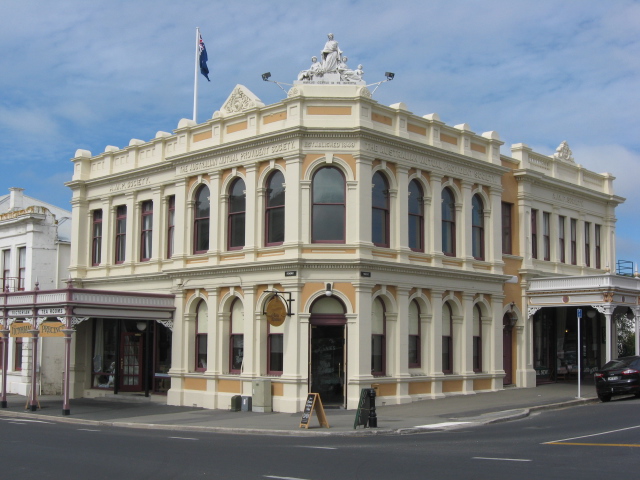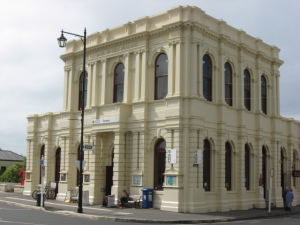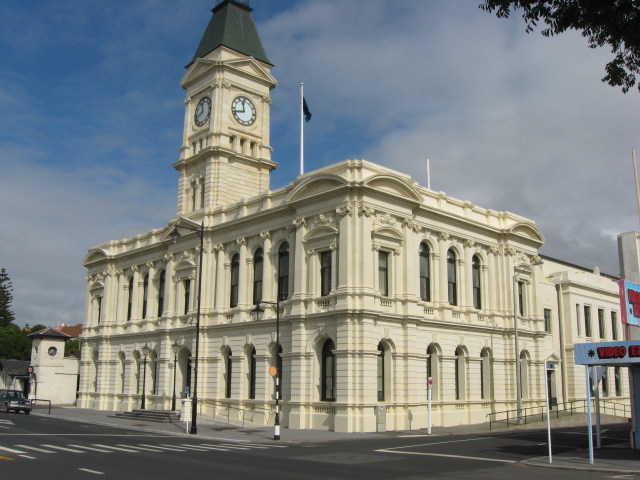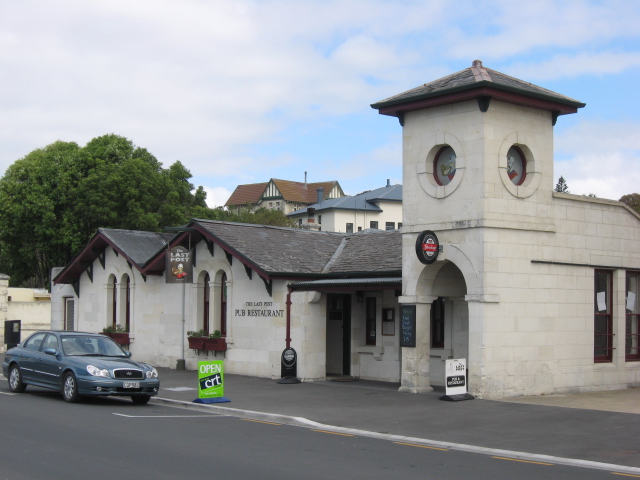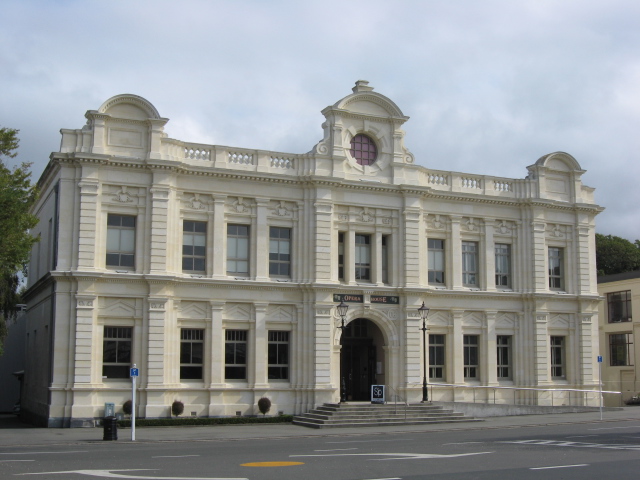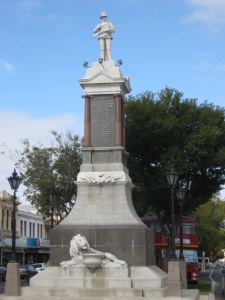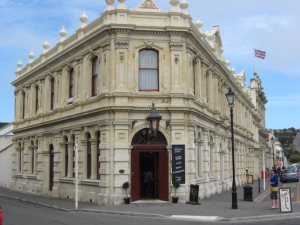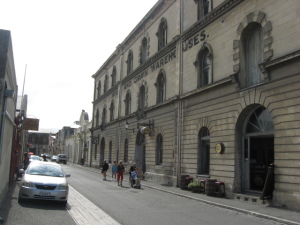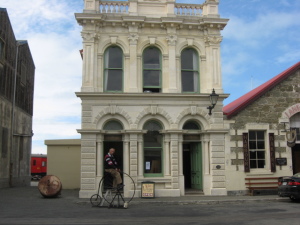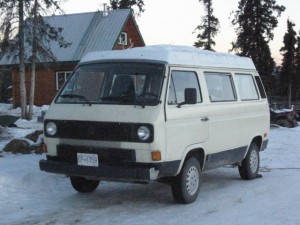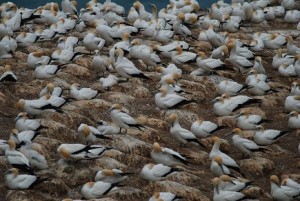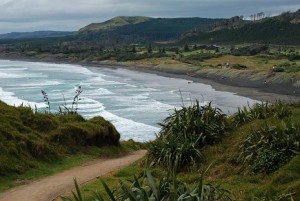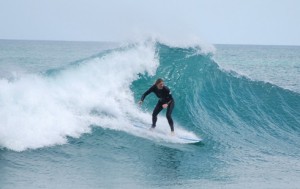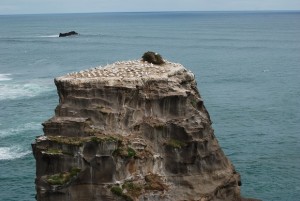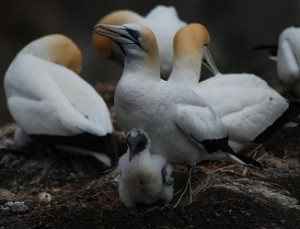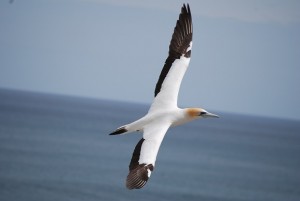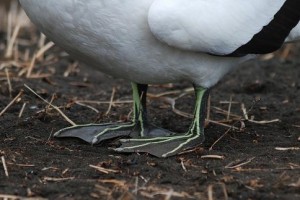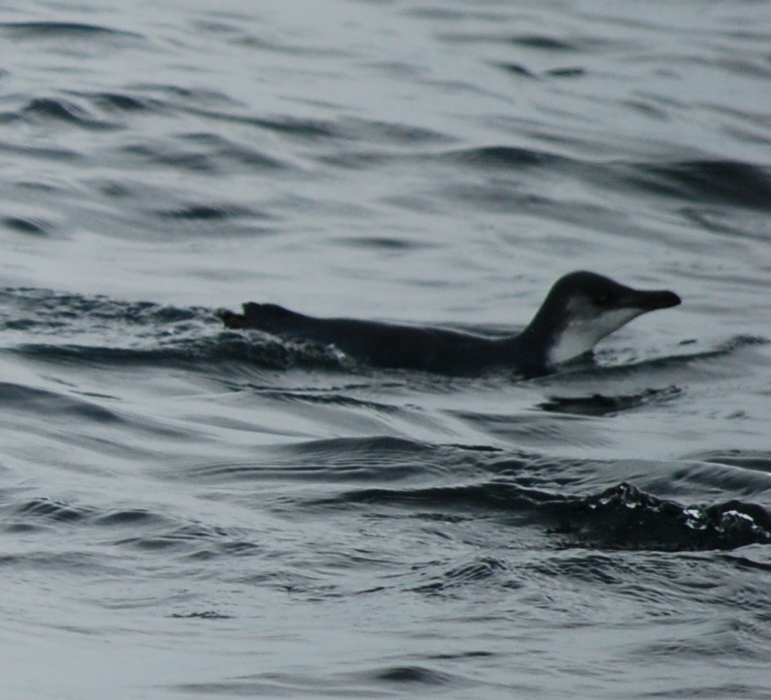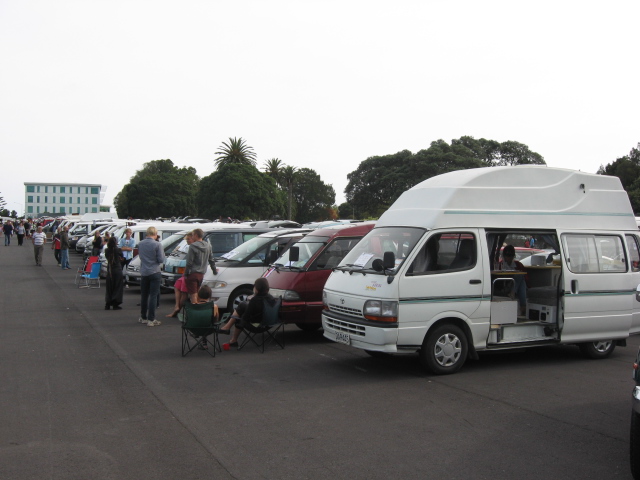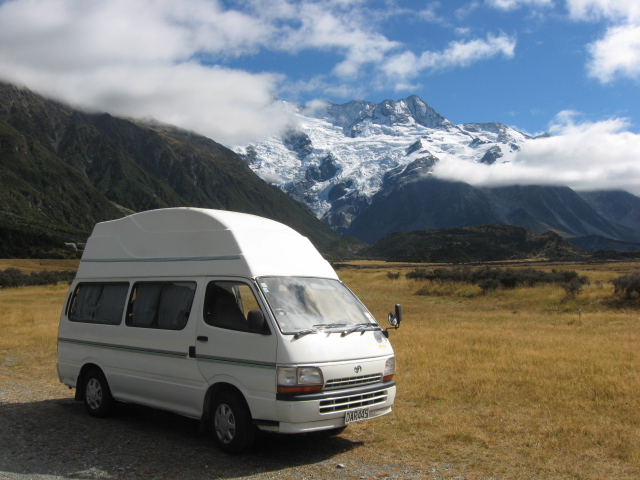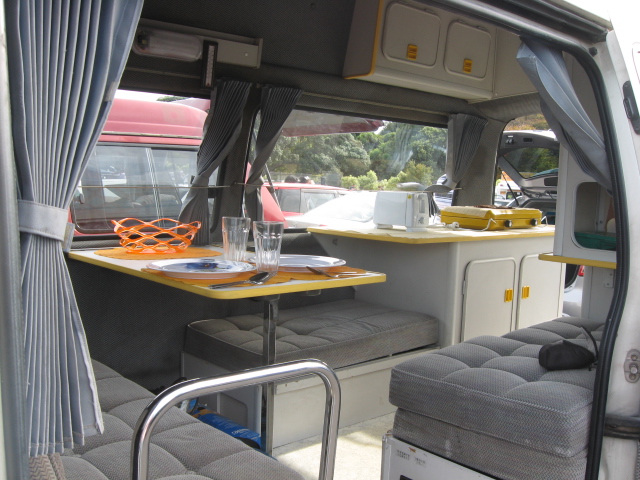Buy a vehicle for your time in Canada and sell it when you leave. Updated Jun 2022.
If you stay in a country for three months or more, the most economical way to travel is to purchase a vehicle and sell it again when you leave. I have done this three times, and it has worked good. A few years ago, I bought a camper van in New Zealand, travelled around the country for five months, then sold it and got most of my money back. Of course, mechanical problems are always possible, but even with that included, it would probably still be much cheaper than renting. I did not pay for any hotels and very few restaurants. New Zealand is very expensive, but I managed to have a reasonably inexpensive holiday there.
I am Canadian, so I can purchase a vehicle in Canada without any problems. This article is intended for foreign tourists who wish to buy a vehicle in Canada or the United States of America.
The New Zealand Example
But first, the New Zealand example. Buying a vehicle in NZ is simple. You pay your money, fill out a change-of-owner form at the nearest post office, and drive away. It’s that easy. You don’t need licence plates. Licence plates are put on the vehicle when it is imported into the country, and they stay there for the life of the vehicle. They do not change when the vehicle has a new owner. Incredibly, automobile insurance is not mandatory. However, it is not very smart to drive without it. Your foreign driver’s licence will be good for one year, so you do not need an international or NZ driver’s license.
In Europe
Getting a vehicle in Europe, on the other hand, is very difficult. Anyone can purchase a vehicle, but, in most cases, you need to be a European resident to register and legally operate it. You do not have to be a citizen but must prove that you own or rent accommodation in the country for at least one year. Not sure if this applies in every country in Europe, but I have checked in Germany and Spain.
Buying Vehicle Canada-USA
Canada, the USA, Mexico, Australia and other countries, unlike New Zealand, are divided into states and provinces, each with its own driving rules and regulations. Therefore, there are no all-Canadian or all-American vehicle registrations.
Anyone can purchase a vehicle in Canada, or the USA, provided they purchase automobile insurance first.
You will need an address. You do not have to live there, but they require an address to send you any speeding or parking tickets and inform you when your licence or insurance will expire or if there are any changes to your policy. A friend’s address will do or rent a mailbox at the post office.
Some tips:
Arrange to have the vehicle checked by a garage for its mechanical condition. Preferably one of your choice and not one picked out by the seller. (Unless you are mechanically inclined and can do this yourself).
Check with the province or state to ensure that the vehicle has not been stolen or that it does not have a lien on it. (you can use a program on the internet called Carfax. The price ranges from $40 to $80 depending on whether the vehicle was registered in more than one province in the past and whether you are a car dealer. Of course, dealers get a better rate. Sometimes the dealer will pay for this. It doesn’t hurt to ask.)
Driver’s Licence
In Alberta, you may drive with a foreign driver’s licence for up to 90 days. In the province of Quebec, you will have six months. Check where you purchase the vehicle for the amount of time you are allowed in that province or state.
Better yet, purchase an international driver’s licence before you leave home. International driver’s licences are not valid in the country where you purchase them. So if you buy one in Canada, it will not be valid in Canada. Some states require that you have an English-language copy of your licence. An international driver’s licence is in several languages.
Driving to other countries
Any vehicle from Canada or the United States may enter each other’s country without problems, provided you have permission to enter the country. No additional insurance is required.
Driving to Mexico
Vehicles from Canada or the USA may be driven in Mexico. However, your auto insurance will not be valid. Therefore, you must purchase Mexican auto insurance before entering the country. There are many insurance companies near the border crossings that sell Mexican insurance.
You will also need a vehicle entry permit unless you stay near the American border or in the Baja California peninsula. This is a simple form to fill out and, of course, pay the appropriate fee.
Selling the vehicle
Make sure you allow sufficient time to sell the vehicle before you leave. Don’t plan to sell the vehicle in a different country than where you purchased it. This involves a complicated vehicle importation procedure that is difficult even for North American residents. Instead, sell the vehicle in the same country where you bought it.
Ensure when you sell the vehicle that the new owner registers it. Take your licence plates off. Keep them for a souvenir. If you leave it on the vehicle when you sell it, and the new owner does not register it in their name, you might still be responsible if the vehicle is caught speeding or involved in an accident.
Driving in Quebec
In Canada, it is permissible to make a right turn on a red light after coming to a complete stop and checking to see if it is safe to do so. This is allowed in every Canadian province except Quebec.
Be aware that there are limited government services in English in Quebec. A driver’s licence in French is not mandatory, but you may encounter an officer who does not speak or read English. Especially in small towns away from Montreal or the border with Ontario. An international licence in several languages is not required but might be worth the price if you plan to dive in Quebec.
Tax
Another thing to check is how much tax you will have to pay. All Canadian provinces have sales tax except Alberta. There is also a federal tax called GST. These two taxes might add up to about 13%, depending on the province. For example, in Alberta, you will have to pay 5% GST if you purchase a vehicle from an auto dealer. On the other hand, there is no tax on private sales—something to consider.
In the United States, tax rules vary widely. Check with the state where you want to buy a vehicle about how much tax you will have to pay.
Camping
I like camping vehicles, but they are pretty expensive. On the other hand, they retain their value, and you should be able to get all or most of your money back. If you don’t mind sleeping in a tent, an old but reliable car should do you, and these can be purchased very cheaply.
The information in this article was correct at the time of writing, but rules change often. Check with the motor vehicle department of the province or state where you wish to buy a vehicle for the latest regulations.
Buying a vehicle in New Zealand
Buying a vehicle in Australia
